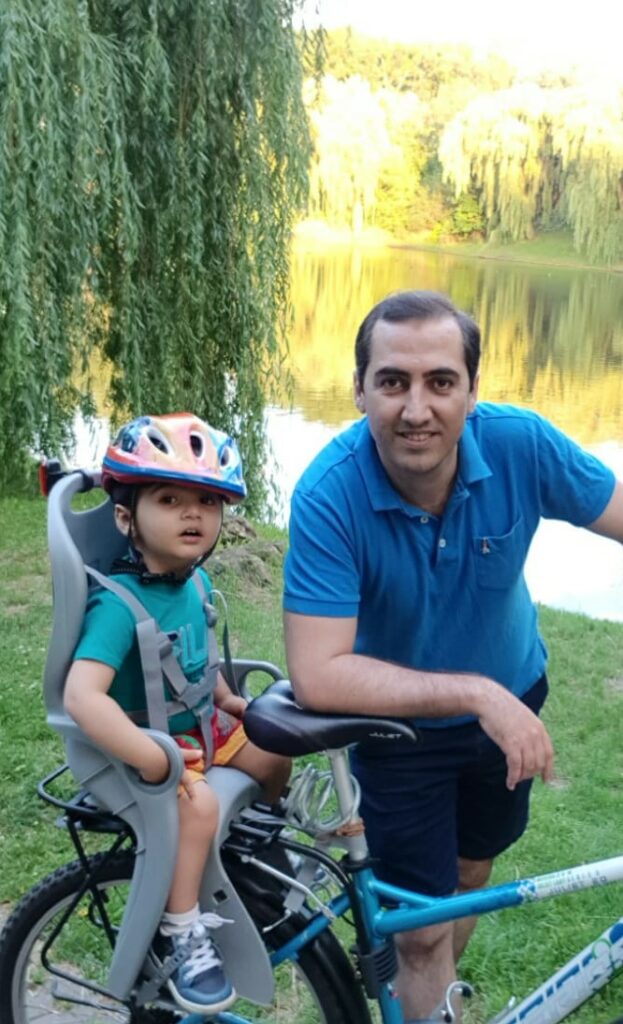2020 reports on scientific activity were carried out in a new form. Instead of the usual reports delivered by Scientific Departments (methodological link), the reports were held around four thematic areas connecting scientists from different Departments (thematic link). The identification of these four areas was the result of many meetings and talks between Heads of the Departments and its employees. The review of the ongoing work and scientific plans for the future within thematic areas were formed thanks to the involvement of several people who undertook to moderate and summarize the discussions.
Despite the difficulties and limitations of online meetings due to the current pandemic, the new form of scientific reports has been well received by scientists and members of the IG PAS International Advisory Board. As has often been emphasized, gathering various activities, opportunities and achievements in the defined thematic areas highlights the great potential IG PAS. It will certainly influence the promotion of the Institute, allow to establish cooperation with the best research centers, and to obtain funds for research. However, the greatest benefit of these changes was to encourage all scientists to direct discussion. I am convinced that an open discussion between scientists from all Departments on interesting and important research problems, exchange of experiences, discussion about equipment and infrastructure resources will contribute to further strengthening of the Institute.
In order to further develop this new concept of organizing scientific research at the Institute, the IG PAS Director, by Decision No. 17 of September 1, 2020, appointed the Program Team for IG PAS Scientific Strategy. The Team consists of people who actively organized meetings before the 2020 scientific reports and who expressed their readiness to take further actions to implement the concept. Chairman of the Team is The Deputy Director for Scientific Affairs.
The main goal of the Team’s work is the organization and moderation of communication in thematic research areas, maintaining the flow of information about the current activities in individual Departments and about the most important research problems / questions, discussion about possible joint scientific ventures that, within a few month, will transform into a written IG PAS scientific strategy for the years 2020-2025.
In addition, the Team is to advise the IG PAS Director on effective communication between IG PAS employees and social and economic partners, identify IG PAS activities (scientific, infrastructure, service) important for society and other external institutions, and participate in the development and updating of the scientific strategy. These elements, along with high-quality research, are the best means of ensuring the long-term stability of our collective workplace.
IG PAS thematic areas:
(1) Anthropogenic and natural geohazard & environmental anthropopresion,
(2) Geosystem processes,
(3) Earth structure & georesources,
(4) Climate change & polar regions
The Team:
1. Assoc. Prof. Mariusz Majdański – Chairman
2. Assoc. Prof. Krzysztof Kochanek – Area 1
3. Prof. Stanisław Lasocki – Area 1
4. Prof. Marek Lewandowski – Area 2
5. Assoc. Prof. Krzysztof Mizerski – Area 2
6. Assoc. Prof. Michael Nones – Area 2
7. Assoc. Prof. Aleksander Pietruczuk – Area 2
8. Assoc. Prof. Michał Malinowski – Area 3
9. Assoc. Prof. Rafał Szaniawski – Area 3
10. Assoc. Prof. Mateusz Moskalik – Area 4
11. Assoc. Prof. Marzena Osuch – Area 4
12. Prof. Renata Romanowicz – Area 4


